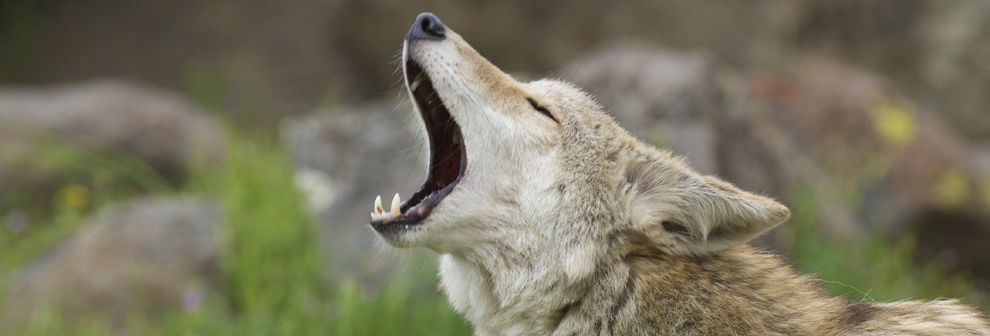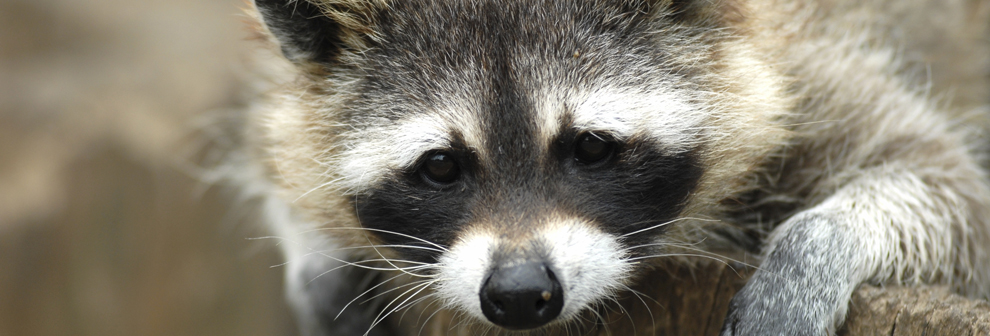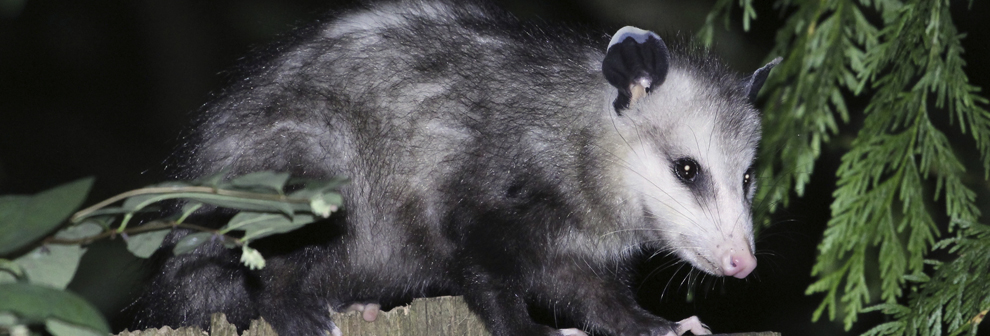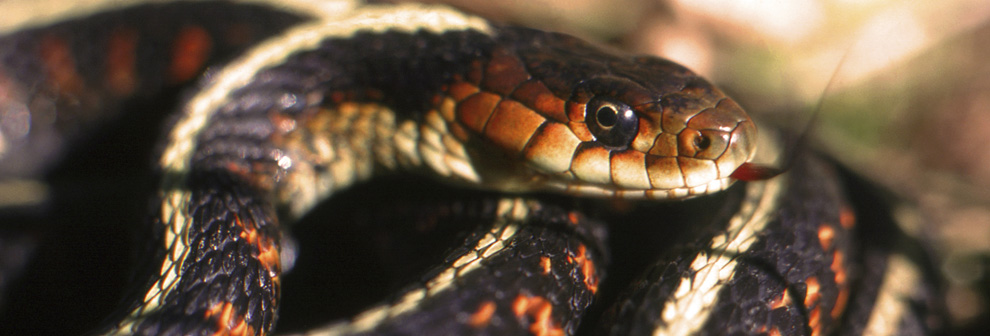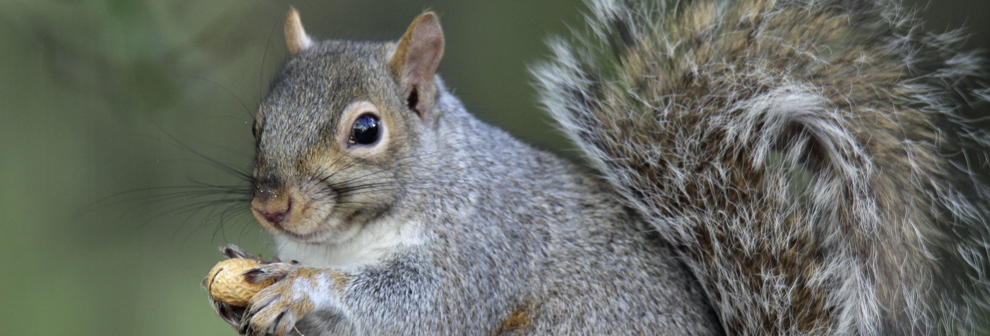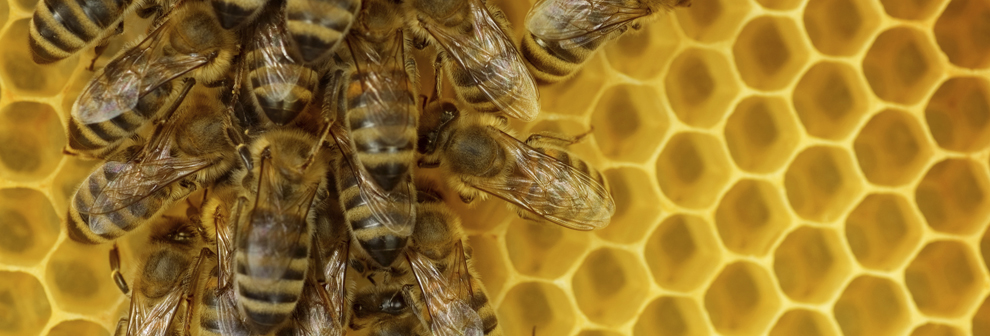There are approximately 900 species of bats world-wide! About 20 of these live in the southeastern U.S., and 16 species in Georgia alone. Bats are not classified as rodents, they are mammals. They are the only mammals that take to the sky! Bats are nocturnal critters, and most use echolocation to navigate and catch insects.
Due to the fact that most bats eat insects, they are very beneficial to the ecosystem and should not, under any circumstance, be touched, injured, or killed. In the greater Atlanta area, there are typically two species of bats that cause problems for humans: the Little Brown Myotis and the Big Brown Bat.
Identification
Little Brown Myotis, or Myotis Lucifugus, is brown in color with a wingspan of 9″ to 11″ and a body length of 2″ to 3″.
Big Brown Bat, or Eptesicus Fuscus, is also brownish in color, but much larger than the Little Brown with a wing span of 12″ to 14″ and a body length of 4″ to 5″.
How, When and Why They Become a Nuisance Pest
Both the Little Brown and Big Brown bats live in colonies. In greater Atlanta, these colonies are commonly found in the attic of homes and other buildings where openings in roofs, eaves, gables, chimneys and vents are found. For bats to gain access to buildings they need only a hole 5/8″ or greater. When buildings have a large quantity of bats living in them, guano, or bat dropping accumulation is typically the problem, not the bats themselves.
Damage They Cause
As mentioned above bats are not the problem, unless they find their way into living quarters, then you may be in a rabies exposure situation and Bat Control and Rabies Prevention measures may need to be taken.
Bat guano (droppings) accumulation is the main problem. Bat guano can produce a rancid ammonia smell as it decomposes. The odor can often be detected throughout the building the bats inhabit.
Bat guano provides a breeding ground for microorganisms such as histoplasmosis . Bat guano accumulation may also cause sheet rock to rot and collapse. Along with the disease and odors associated with bat colonies, come certain insects such as fleas, ticks, mites and cockroaches.
Bat Control and Bat Removal Services in Georgia, Atlanta
All bats are protected by state and federal agencies in one way or another. In the United States the use of pesticides to kill bats is illegal and could potentially increase the risks of humans and pets being bitten by a rabid bat.
If pesticides are used for bat control, the applicator would be in violation of the Federal Insecticide, Fungicide and Rodenticide Act (FIFRA) and possibly subjected to a $25,000 fine.
During their Maternity season, May 1 – August 15, it is important to determine if any babies are present before any removal of bats from structure begins. If babies that are unable to fly are found it is best to leave the bats in place until the young are mature enough to fly. Of course there are special circumstances for expedient removal, such as bats entering the living space.
To remove bats, their entry points and potential entry points must be located and a check valve must be properly installed (please contact a professional for Bat Removal Services in Atlanta before attempting this.). Before and after the removal process exclusion work must be done to prevent future roost sites for these bats. Nothing is achieved by simply moving the roost site to another location on your home or building.
Once all bats are removed and the building is “bat-proofed” their guano must also be removed. The area should then be fumigated to kill all microorganisms, as well as insect extermination performed to kill any parasites these colonies may produce.
Bats are creatures of habit and “bat-proofing” a structure is very detailed; if the proper steps are not taken to remove and exclude bats from a structure the problem may not be resolved. These bats may return the following year(s) and attempt reentry so maintenance is also important.
learn more about bat pest control.
Build your own bat house with B.C.I. approved plans!

